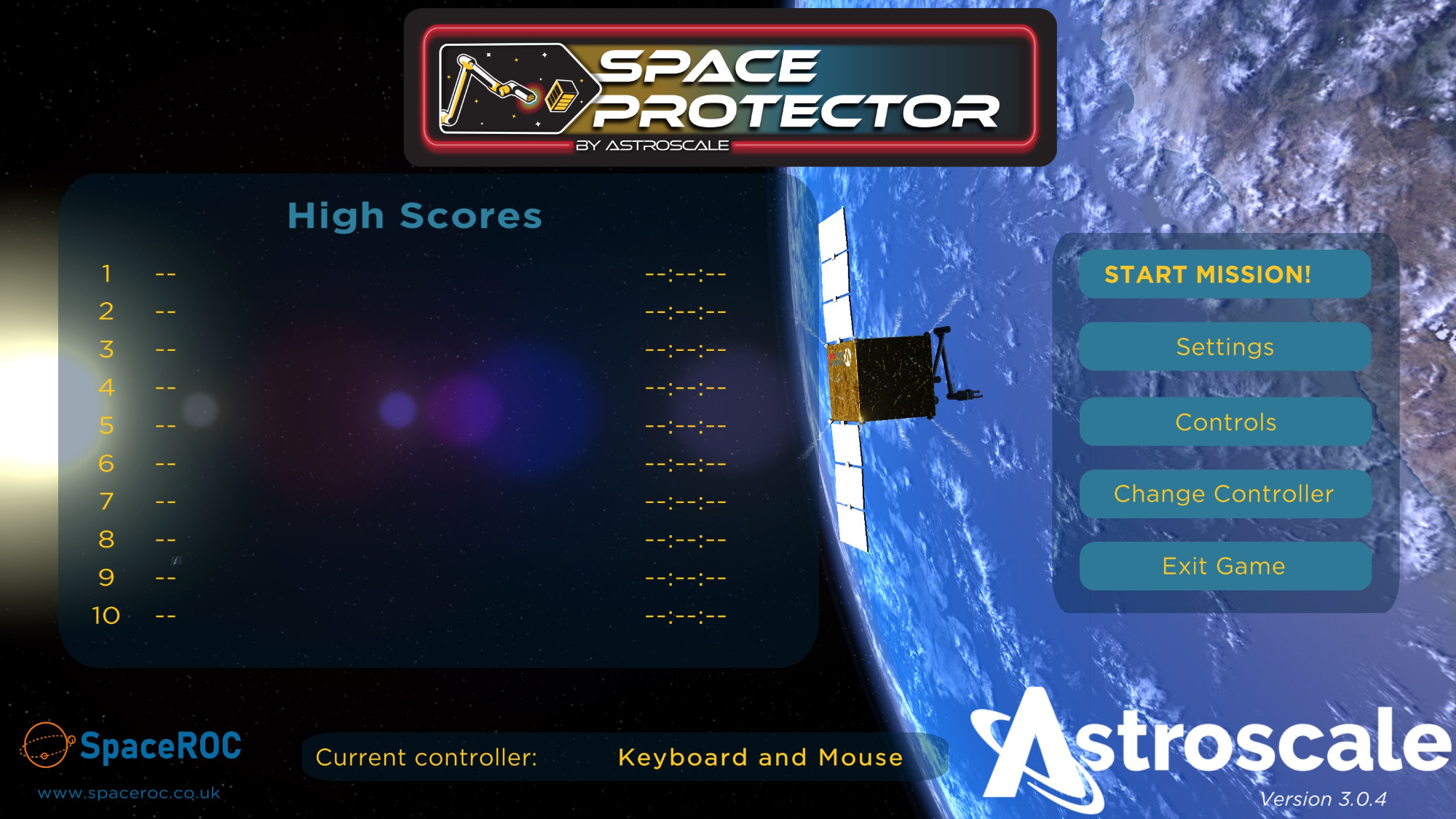

You may not anticipate a high likelihood of collisions in the vast emptiness of space, but at least in the vicinity of Earth’s orbit, there exists a genuine gravel pit of loose debris moving at potentially hazardous speeds. The issue of space junk surrounding Earth is fairly alarming, with over a million pieces of debris in orbit, and that figure only accounts for the larger fragments that can be tracked. Consequently, composite materials producer Atomic-6 has introduced its innovative “Space Armor,” a lightweight, high-strength material designed to shield spacecraft, satellites, and even astronauts from these orbiting projectiles.
In the vacuum of space, there is no gravity to diminish a projectile’s speed; therefore, once a small metal shard accelerates, it will continue until it collides with something, causing catastrophic outcomes. Space Armor is engineered to safely absorb the impacts of flying debris without jeopardizing delicate equipment lying beneath the surface or permitting any other fragments to penetrate or break off into secondary projectiles. This armor not only significantly enhances the protection of essential space assets and personnel, but it also accomplishes this while being much lighter than most leading protective alternatives.
Space Armor boasts impressive strength at reduced weights
At present, the most common materials for spacecraft protection include solid aluminum and the Whipple Shielding used on some satellites and the International Space Station. While these materials effectively mitigate most direct impact threats, their metallic nature means that they tend to splinter and send small pieces flying when struck, contributing to the accumulation of space debris that can evolve into more hazardous projectiles. Researchers have been exploring various methods to minimize space debris, such as Japan’s trials of constructing satellites from wood, but a more effective means of safeguarding what is already in orbit is still needed.
Space Armor is crafted from a composite material rather than metal, ensuring that impacts do not produce any additional debris. This material is significantly lighter than its metallic counterparts, while offering comparable strength and coverage. A square meter of Space Armor Lite tile weighs around 14 kilograms (roughly 30.8 pounds) and is capable of halting a projectile measuring up to 3 millimeters traveling at speeds of 7.2 kilometers per second. In comparison, a similar level of strength and size protection would be provided by a 1 centimeter thick aluminum sheet, which would weigh double at 28.8 kilograms (about 63.5 pounds).
Atomic-6 is in the process of developing an even more robust Space Armor plate, Space Armor Max, which will offer stopping power akin to Whipple Shielding. The exact weight is yet to be determined, but it is likely to be less than the 27.5 kilograms of a square meter of Whipple Shielding.
The plates could safeguard spacecraft, satellites, and astronauts
Atomic-6 created Space Armor plating with backing from the U.S. Air Force and U.S. Space Force, including a $1.2 million Small Business Innovation Research Phase 2 grant and a $3.8 million Tactical Funding Increase partnership. With approval from both agencies, Atomic-6 intends to initiate orbit tests with satellites as early as next year.
Atomic-6 has already conducted comprehensive evaluations employing simulated hypervelocity launchers that propel small projectiles at speeds and sizes comparable to the debris that spacecraft might encounter. One appealing aspect of Space Armor’s tile-centric design is that tiles can be customized to fit client specifications, with bespoke sizes available up to 1 square meter.
“It has taken around 18 months to evolve Space Armor tiles from a concept to a market-ready product. We took a gamble making a tile, and we were astonished by the test outcomes,” stated Atomic-6 CEO Trevor Smith in a comment to Space.com. “We offer Space Armor in simple hex tiles, but we can technically create Space Armor in almost any shape you desire.”
Once Space Armor’s effectiveness is definitively validated, it has the potential for use across a multitude of spacefaring applications, whether that involves protecting critical communication satellites, reinforcing spacecraft, or providing an extra layer of safeguard for astronauts. For satellites in particular, Space Armor is available in both radio-permitting and radio-blocking variants, unlike Whipple Shielding, which obstructs all radio transmissions. The tiles can safeguard the most critical components of a communication satellite without interfering with its operations. This advantage is poised to become even more essential as an increasing number of satellites are launched into orbit by companies like Starlink.